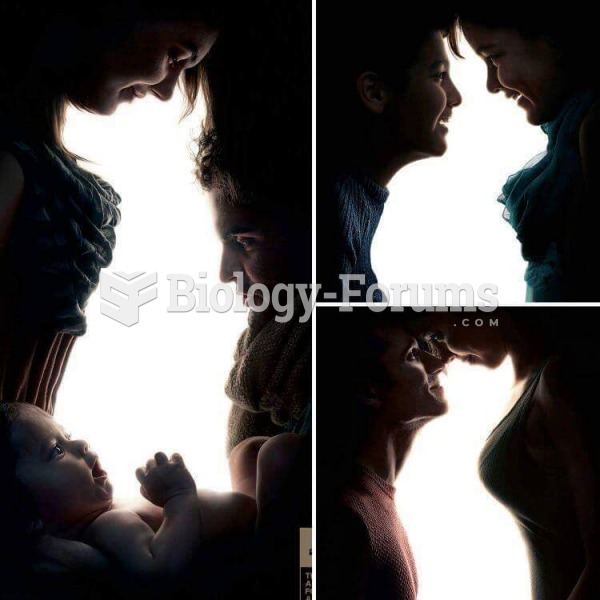Answer to Question 1
Answer: One characteristic of language is the duality of patterning. Meaningless sounds (phonemes) are combined to form meaningful units or morphemes. Further, the phonemes can be combined in a variety of ways to create a variety of meaningful units. Animal communication consists of one sound for a particular signal; the sounds are not combined in different ways to create new signals. Arbitrariness refers to the unpredictability between the sounds of a word and the meaning of the word. Human language is also generative in that morphemes, words, and sentences can be recombined to convey a limitless number of ideas. Related to generative capacity is recursion. Recursion refers to the embedding of pieces of a sentence in other pieces of a sentence or whole sentence. The vocal tract of humans and animals create certain sounds.
Answer to Question 2
Answer: People with Broca's aphasia have difficulty understanding the relationship between words in a sentence because they have problems processing content morphemes but their understanding of words and the world remains relatively unimpaired. As a result, sentences like The running back hurt the linebacker on the play and The running back was hurt by the linebacker on the play will be interpreted as having the same meaning. The inability to understand the differences between the sentences emphasizes that the recombination of words can result in different meanings. People with Wernicke's aphasia, on the other hand, have difficulty producing and comprehending content morphemes. Their speech includes nouns and verbs but it often nonsensical. Together, these forms of aphasia show that language is processed on different levels. Additionally, the levels are interconnected so that deficits on one level can lead to difficulties on another level. For instance, the disruption of content morphemes in Broca's aphasia can contribute to difficulties in interpreting sentence syntax.







